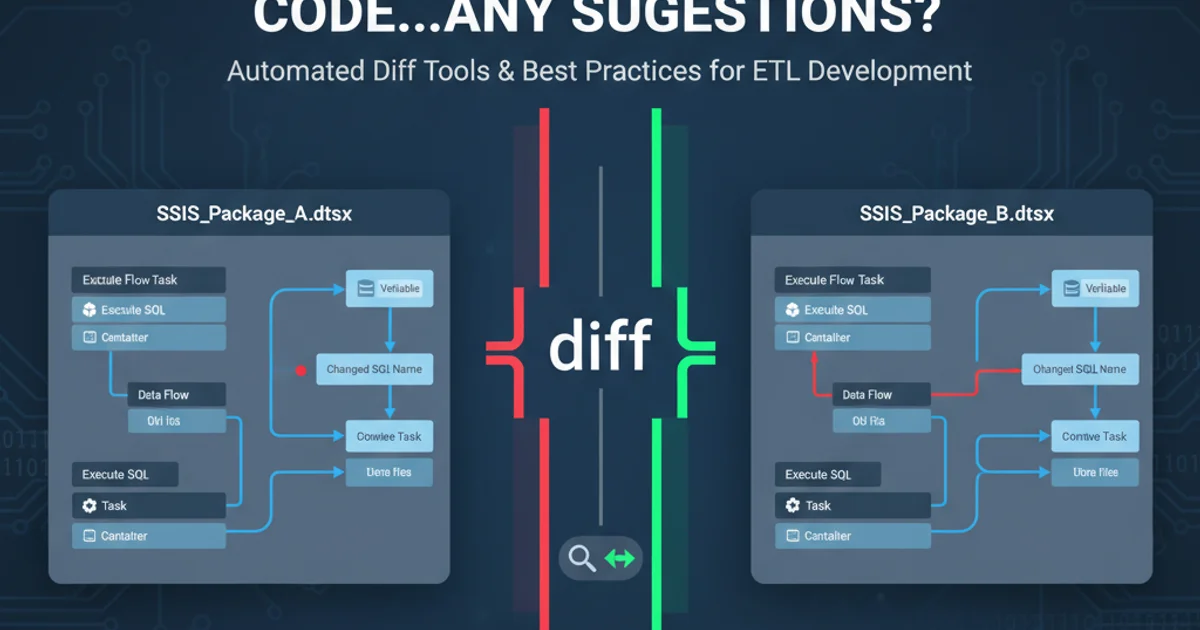How does Google Maps work?
Categories:
Unveiling the Magic: How Google Maps Works

Explore the intricate technologies and data sources that power Google Maps, from data collection to rendering and real-time updates.
Google Maps has become an indispensable tool for navigation, exploration, and understanding our world. But have you ever wondered about the complex systems and vast amounts of data that make it all possible? This article delves into the core mechanisms behind Google Maps, explaining how it collects, processes, and presents geographical information to users worldwide, ensuring accuracy and real-time relevance.
Data Collection: The Foundation of Google Maps
The accuracy and comprehensiveness of Google Maps begin with its extensive data collection efforts. This isn't just about satellite imagery; it's a multi-faceted approach combining various sources to build a rich, detailed, and up-to-date representation of the physical world. From high-resolution satellite images to street-level photography and user contributions, every piece of data plays a crucial role.
flowchart TD
A[Satellite & Aerial Imagery] --> B(Image Processing & Stitching)
B --> C{Geospatial Database}
D[Street View Cars & Imagery] --> B
E[User Contributions (Map Maker, Local Guides)] --> C
F[Government & Commercial Data] --> C
G[Sensor Data (Traffic, GPS)] --> C
C --> H[Map Rendering Engine]
H --> I[User Interface (Google Maps App/Web)]Google Maps Data Collection and Processing Flow
Google employs a diverse array of methods to gather its foundational data:
- Satellite and Aerial Imagery: High-resolution images are captured from satellites and aircraft, providing a bird's-eye view of the Earth's surface. These images are constantly updated to reflect changes in infrastructure and land use.
- Street View Cars: Specially equipped vehicles with 360-degree cameras traverse roads worldwide, capturing street-level imagery. This data is vital for detailed street views, business fronts, and road conditions.
- User Contributions: Programs like Google Local Guides and the now-retired Google Map Maker allow users to contribute and verify information, such as business details, points of interest, and road edits. This crowdsourced data significantly enhances local accuracy.
- Government and Commercial Data: Google licenses data from various government agencies (e.g., cadastral data, public records) and commercial providers (e.g., telematics data, business directories) to enrich its maps.
- Sensor Data: Real-time traffic information is gathered from a multitude of sources, including anonymous data from Android devices, traffic sensors, and incident reports. This data is crucial for live traffic updates and route optimization.
Processing and Rendering: Turning Data into Interactive Maps
Once collected, raw geographical data undergoes a sophisticated processing pipeline to transform it into the interactive, navigable maps we use daily. This involves stitching together imagery, extracting features, and organizing everything into a massive geospatial database.
The processing steps are critical for creating a seamless and functional map:
- Image Stitching and Orthorectification: Satellite and aerial images are stitched together to form a continuous mosaic. Orthorectification corrects geometric distortions caused by terrain and camera tilt, ensuring that map features are accurately positioned.
- Feature Extraction: Advanced computer vision algorithms and human annotators identify and extract features like roads, buildings, rivers, and landmarks from imagery. This data is then vectorized and attributed.
- Geospatial Database: All collected and processed data is stored in Google's proprietary geospatial database. This database is optimized for rapid querying and retrieval of geographical information.
- Map Tile Generation: To efficiently deliver maps to users, Google pre-renders map data into 'tiles' at various zoom levels. When you pan or zoom, your device requests and displays these pre-generated tiles.
- Rendering Engine: On the client side (your browser or app), a rendering engine assembles these tiles, overlays real-time data (like traffic), and draws interactive elements (like routes and markers) to create the final map view.
function loadMapTiles(centerLat, centerLng, zoomLevel) {
// Simulate fetching map tiles based on current view
const tileGrid = calculateTileGrid(centerLat, centerLng, zoomLevel);
tileGrid.forEach(tile => {
fetch(`/api/tiles?x=${tile.x}&y=${tile.y}&z=${zoomLevel}`)
.then(response => response.blob())
.then(imageBlob => {
// Render imageBlob onto the map canvas
console.log(`Loaded tile: ${tile.x},${tile.y} at zoom ${zoomLevel}`);
})
.catch(error => console.error('Error loading tile:', error));
});
}
// Example usage on map move/zoom
// loadMapTiles(34.0522, -118.2437, 12);
Real-time Updates and Performance
A key differentiator for Google Maps is its ability to provide real-time information, especially for traffic and public transport. This dynamic aspect is crucial for effective navigation and route planning.
sequenceDiagram
participant User
participant GMApp as Google Maps App/Web
participant GMS as Google Map Servers
participant TrafficData as Real-time Traffic Data Sources
participant RoutingEngine as Routing Engine
User->>GMApp: Request Route (A to B)
GMApp->>GMS: Send Route Request (A, B, current location)
GMS->>TrafficData: Query current traffic conditions
TrafficData-->>GMS: Return traffic data
GMS->>RoutingEngine: Calculate optimal route (considering traffic)
RoutingEngine-->>GMS: Return route segments & estimated time
GMS-->>GMApp: Send Route & ETA
GMApp->>User: Display Route & Live Traffic
loop Every few minutes or on significant change
GMApp->>GMS: Request Traffic Updates
GMS->>TrafficData: Query latest traffic
TrafficData-->>GMS: Return updated traffic
GMS-->>GMApp: Send Traffic Overlays
GMApp->>User: Update Live Traffic Display
endReal-time Routing and Traffic Update Sequence
Real-time updates are powered by a continuous stream of data and sophisticated algorithms:
- Traffic Data Aggregation: Anonymous speed and location data from millions of Android devices, combined with data from traffic sensors and incident reports, provides a comprehensive picture of road conditions.
- Predictive Traffic Models: Google uses historical traffic patterns and machine learning to predict future traffic conditions, helping users avoid congestion even before it occurs.
- Dynamic Routing: The routing engine constantly re-evaluates routes based on live traffic, road closures, and other events, offering alternative paths to minimize travel time.
- Public Transport Updates: Integration with public transport agencies allows Google Maps to display real-time arrival and departure times, as well as service alerts.
This continuous feedback loop of data collection, processing, and real-time updates ensures that Google Maps remains a highly accurate and reliable navigation tool, constantly adapting to the ever-changing world.